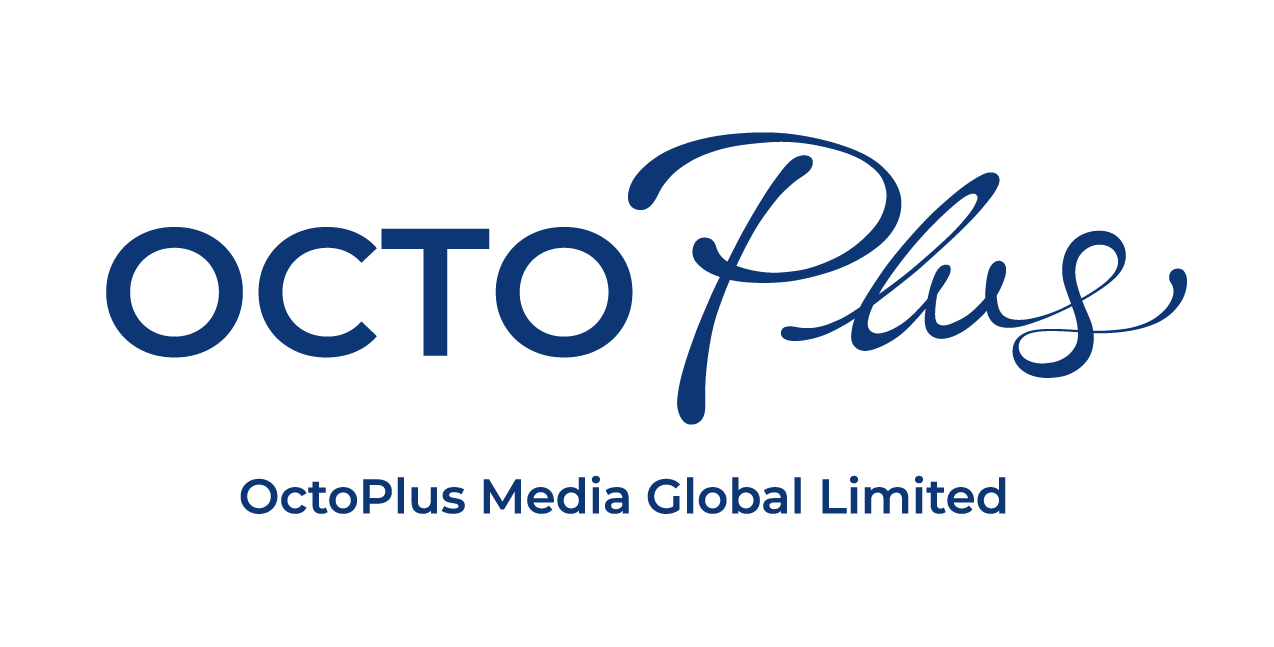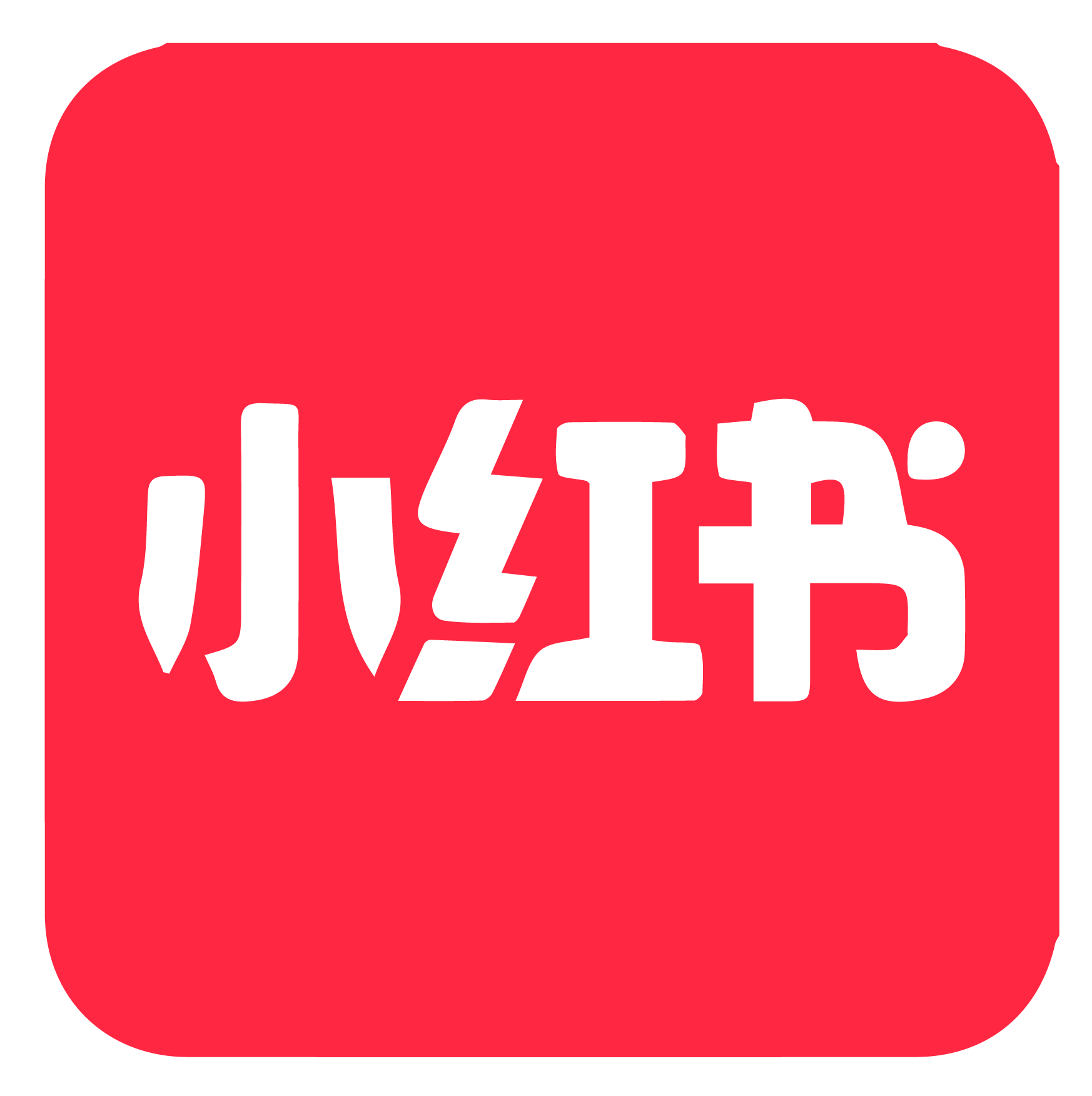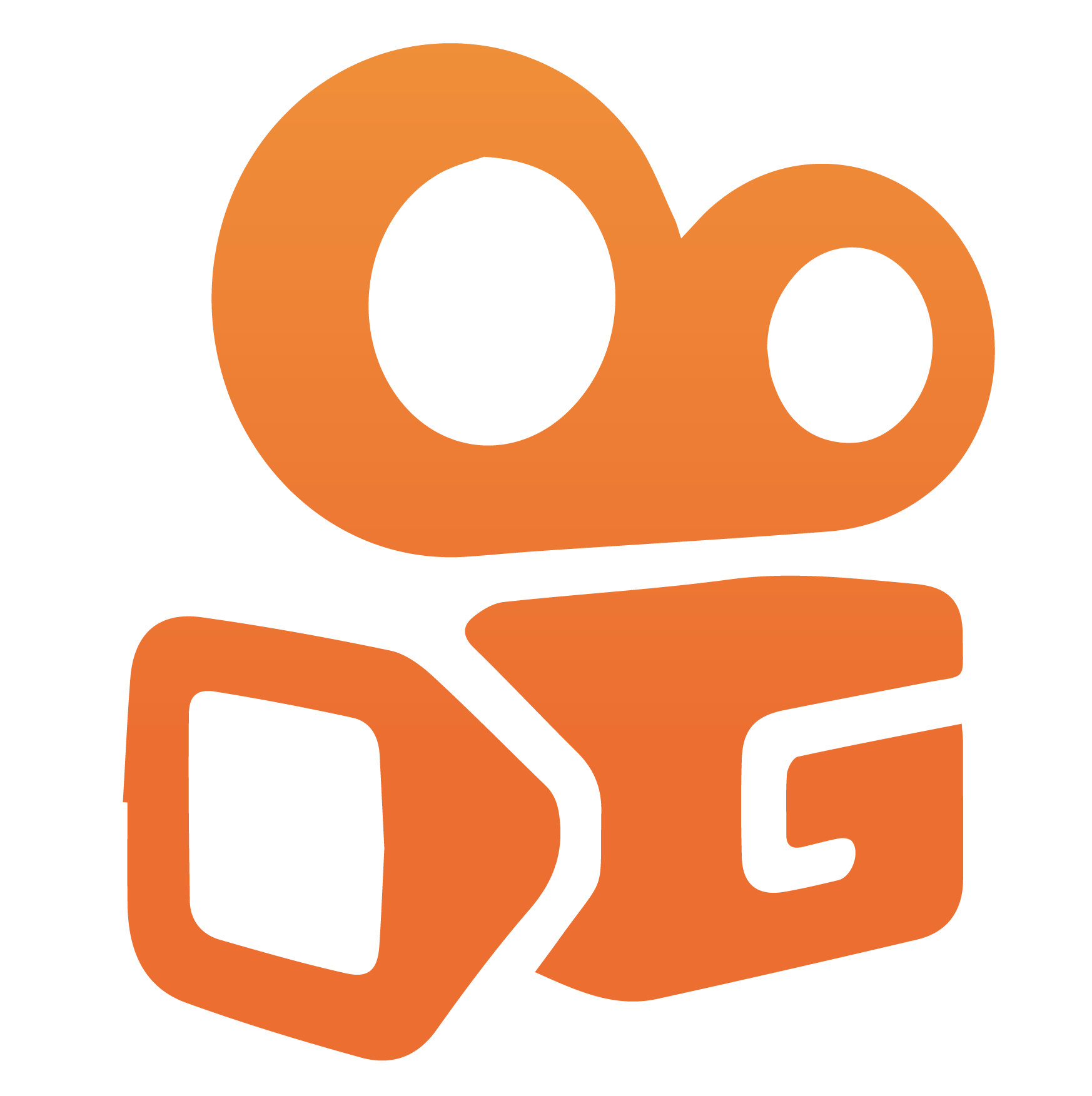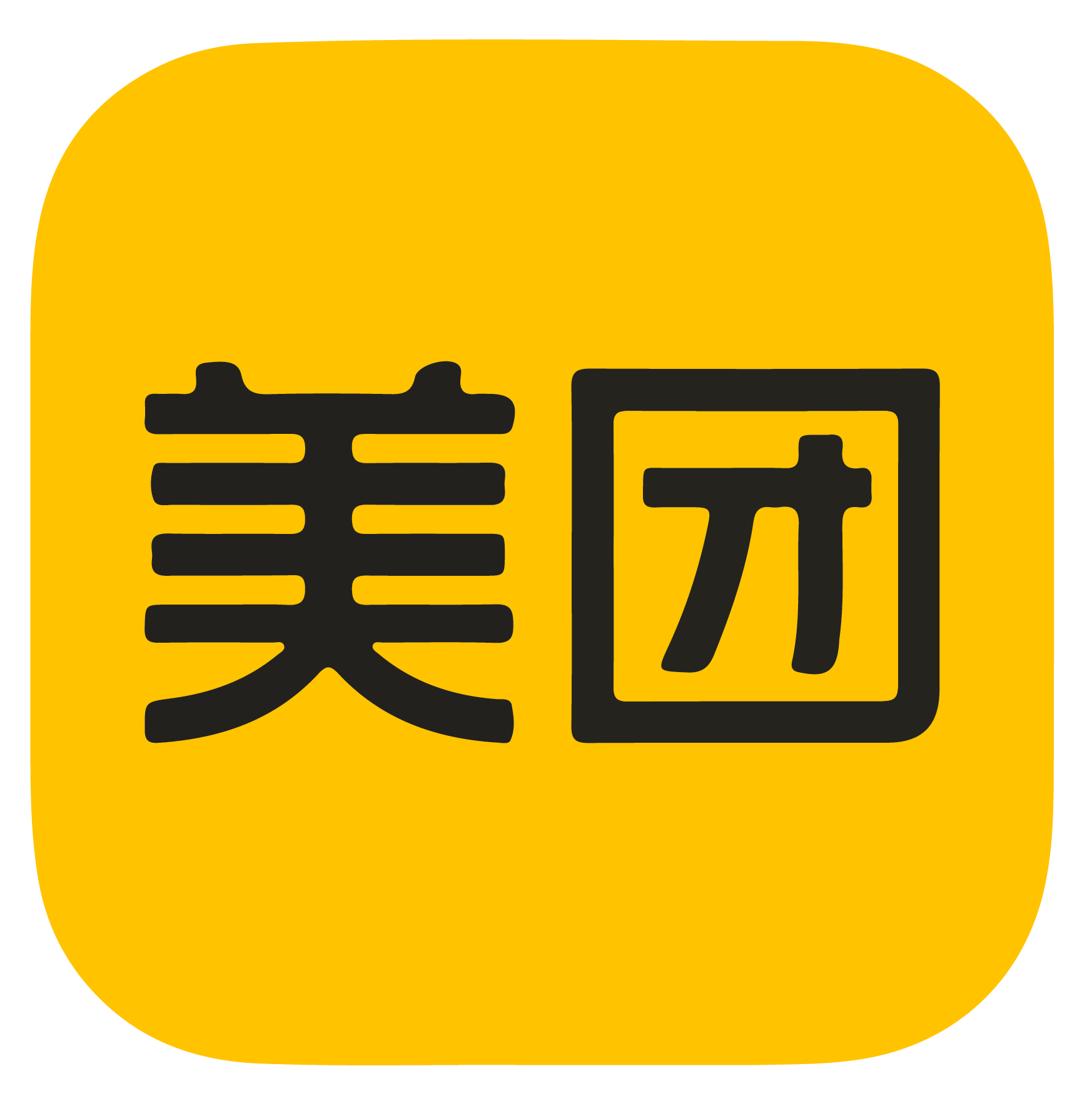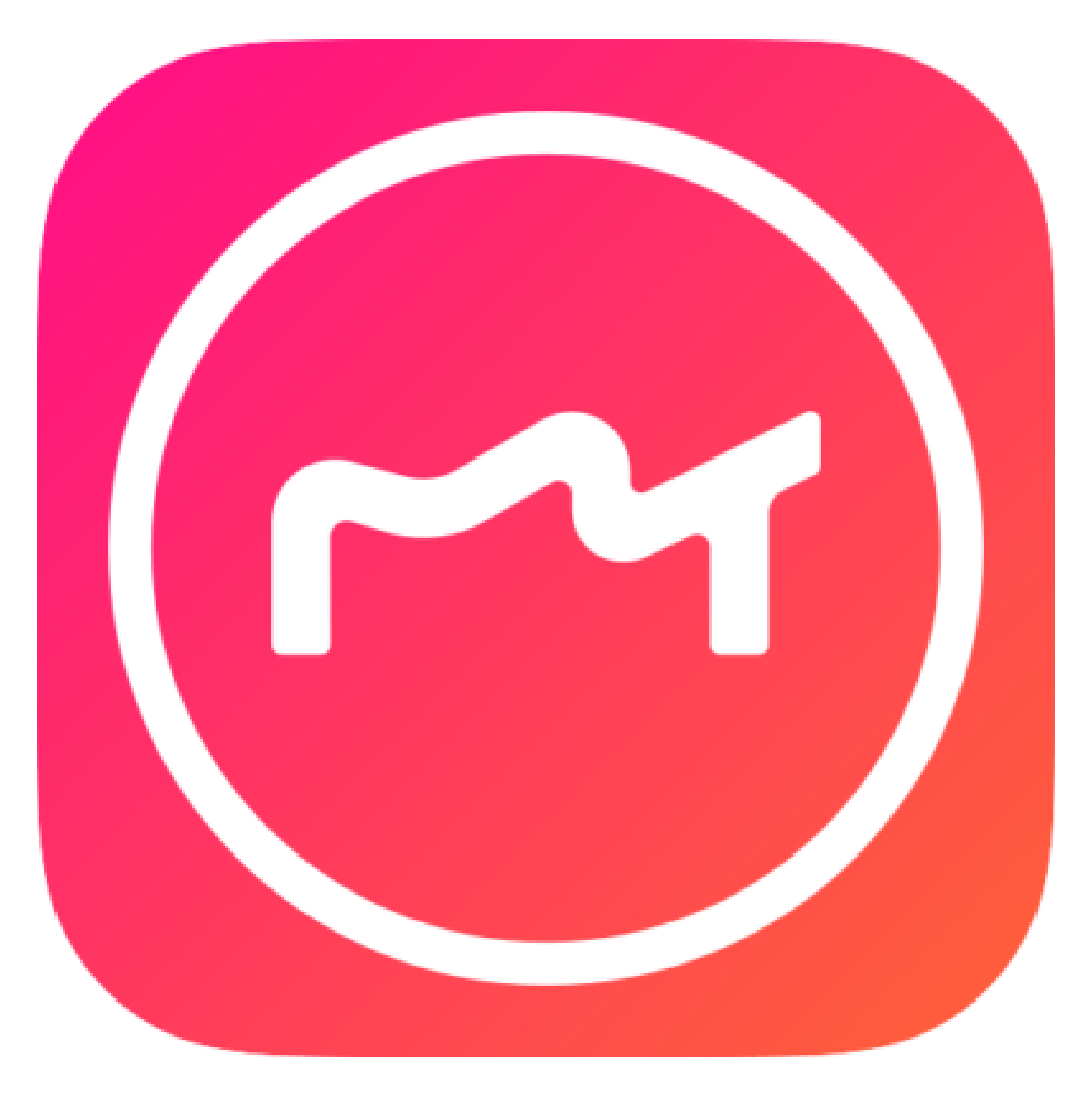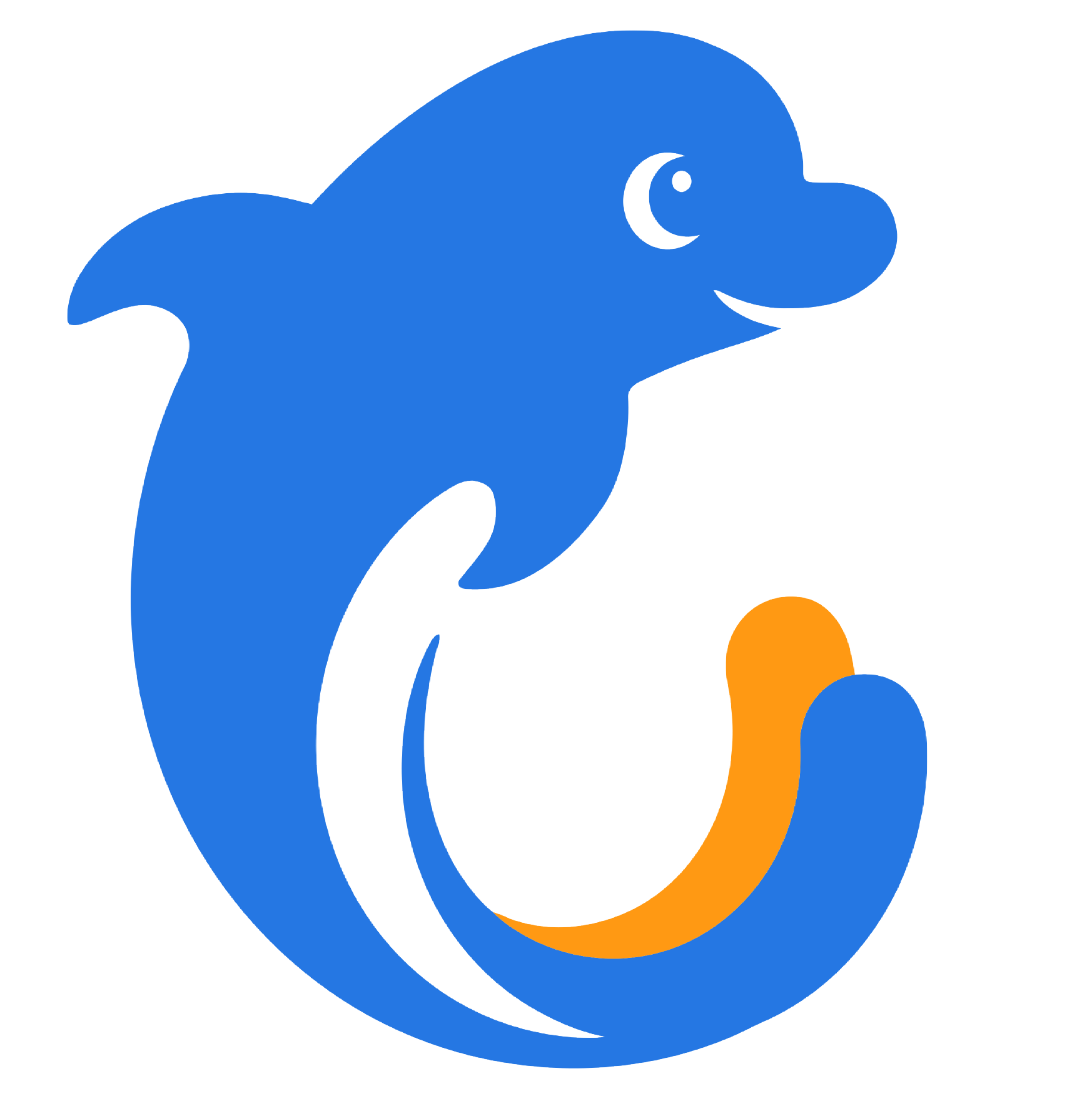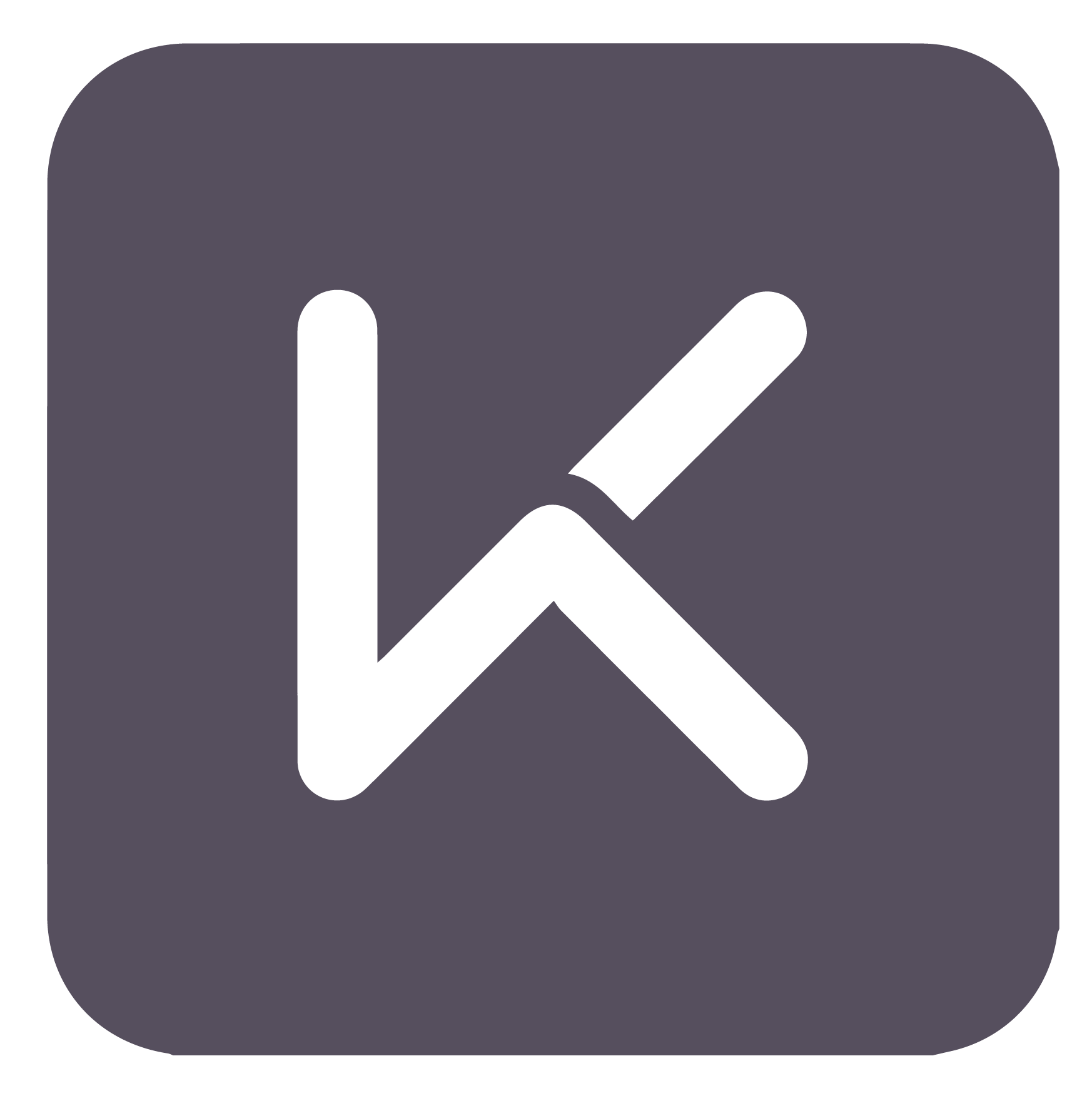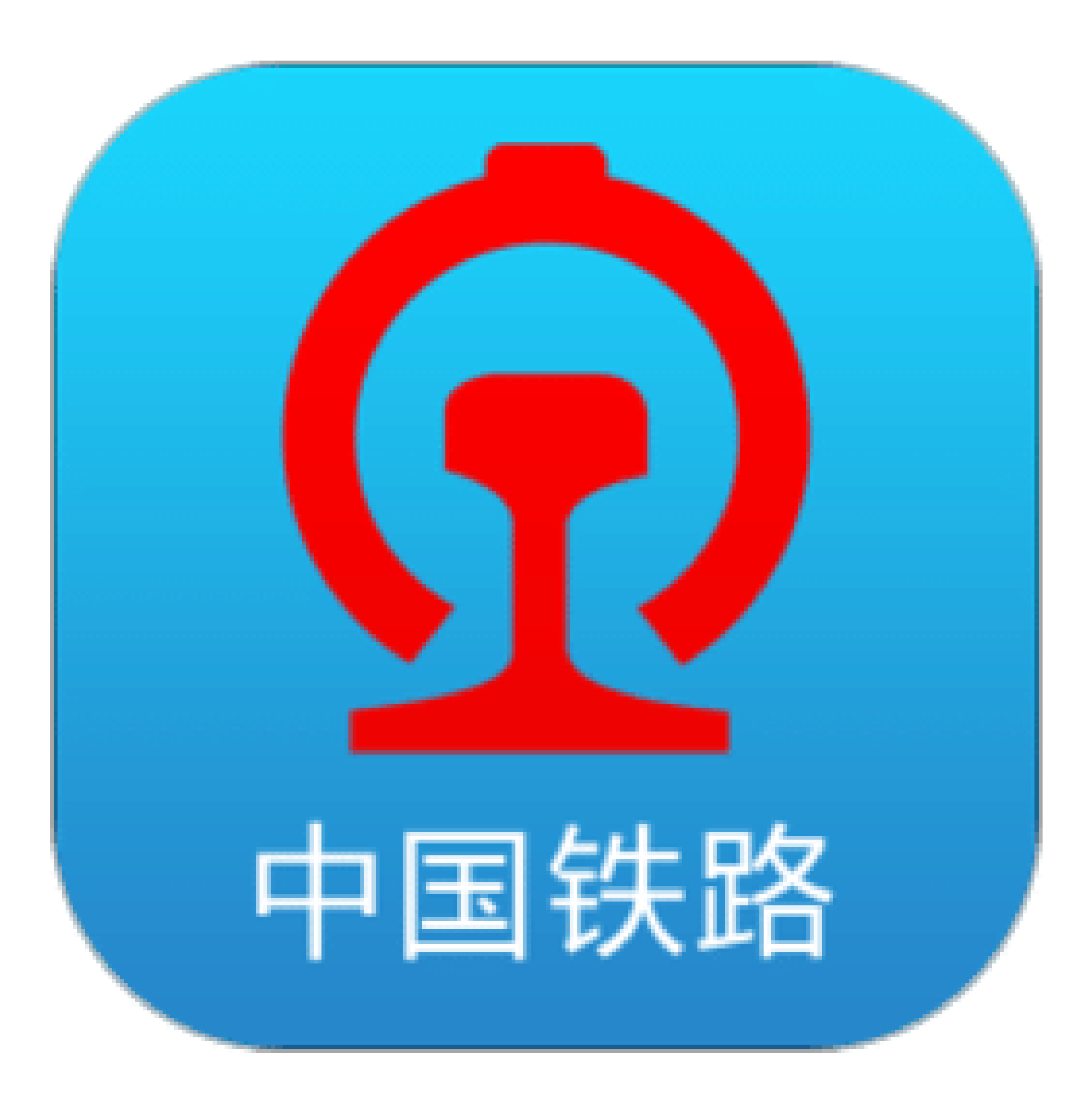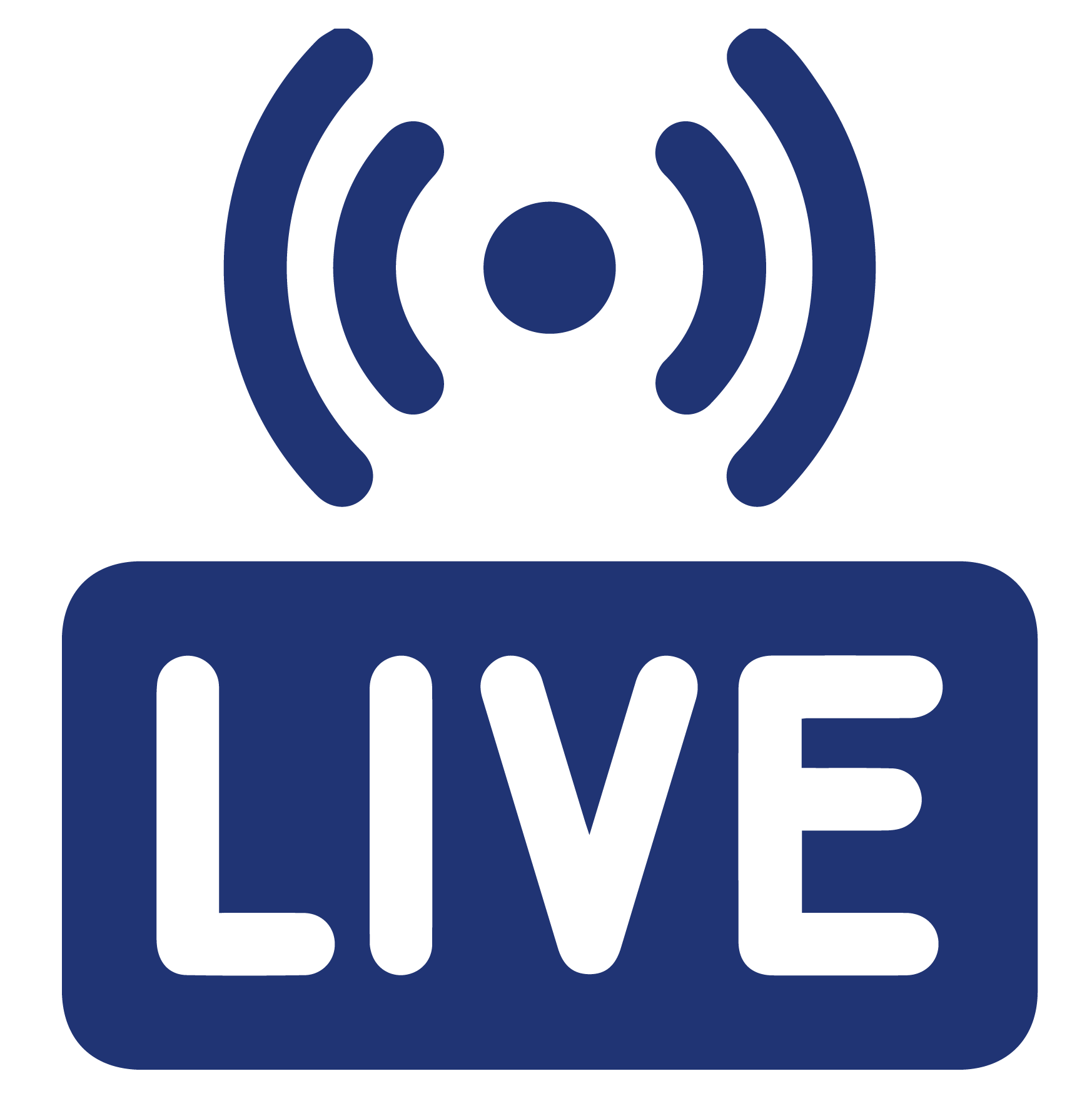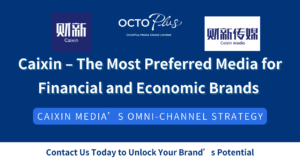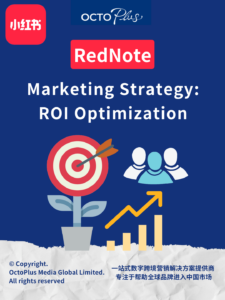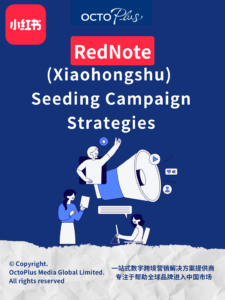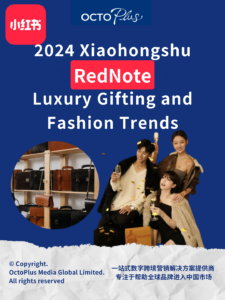CHINA PRIVATE TRAFFIC STRATEGY FOR CONSUMER BRANDS 2022
【Posted on: 2022 June】
The most popular operation model for China brands is the combination model, which uses the combination of a public traffic platform touchpoint and brand private traffic channels to pull the brand’s traffic to the highest point.
So what is a public traffic platform touchpoint? What is a private traffic channel?
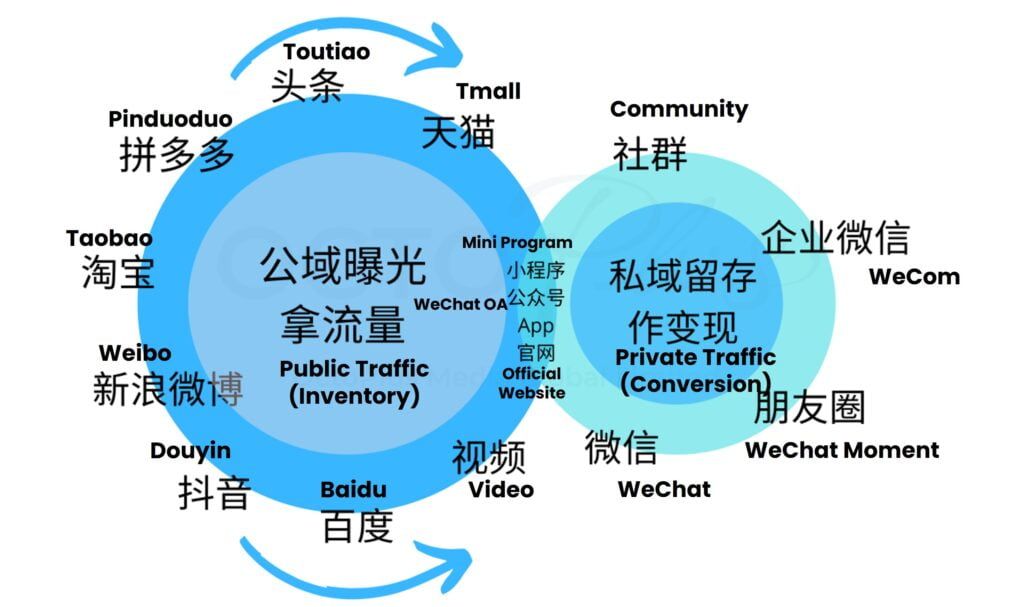
The operation mode between the two will obtain their own traffic, among which the public traffic is the traffic that every customer can purchase or obtain through public channels in the public traffic. Some public traffic platforms, such as Weibo, Taobao, Douyin, Toutiao, Tencent, etc., are all platforms that can purchase traffic through public channels.
Private traffic is the traffic that customers can freely use repeatedly without paying, and which can be accessed at any time. Compared with the major public traffic platforms, it belongs to the customer’s “private asset”. For example personal WeChat account, community, circle of friends, etc.
The biggest difference between the two is that there is fierce competition in public traffic, and there may be dozens or hundreds of peers competing for the same traffic. However, private traffic only belongs to the merchant itself, and there is no peer competition.
QuestMobile recently released the “2022 Consumer Brand Private Traffic Layout Strategy Insight Report“. According to the data, as of March 2022, the number of official accounts of various public traffic platforms has increased significantly compared with the same period last year. Among them, the four major modules of customer acquisition and drainage, user retention, consumption conversion, and precision marketing have basically matured. The following summarizes the relevant strategic content of consumer brands using public traffic platform touchpoints + brand private traffic layout as a reference.
The public traffic platform and the private traffic contact point have become the new private traffic operation ecology
With the subsidence of the mobile internet traffic bonus, the overall advertising cost has further increased, and the brand has realized that it is deeply cultivating the existing users, and the private traffic operation has been launched accordingly. Through platform closed-loop construction, brand self-broadcast traffic support, and open technology ecology to attract brands to settle in, and achieve a win-win situation between the platform and the brand.
The overall operation mode of the private traffic mainly includes 4 modules, namely customer acquisition and drainage, user retention, consumption conversion, and precision marketing. The following are different industries, which are laid out through different private traffic methods.
1. Beauty industry
According to the report, the users of beauty private traffic are mainly concentrated in:
- Women under the age of 35
- A significant proportion of first- and second-tier cities
- Users show obvious “beauty-loving” characteristics such as taking pictures and fashion
- Social and online shopping preferences are conducive to social operation and secondary conversion in the brand’s private traffic
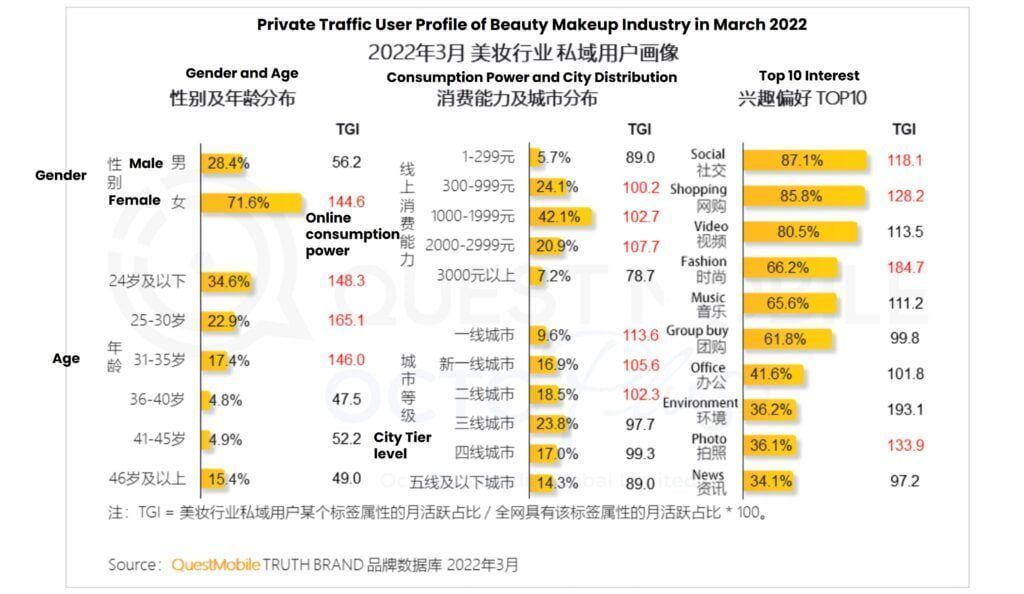
Therefore, most of the beauty industry is dominated by official accounts and mini-programs. Beauty brands can be divided into two types, namely traditional beauty (Watsons, L’Oreal, etc.) and cutting-edge beauty (Huaxizi, Perfect Diary, etc.). Due to the characteristics of offline stores, traditional beauty brands use mini-programs as an important position to gather traffic; while new and cutting-edge beauty brands will focus on online sales on their official accounts.
Simply put, traditional beauty brands gather online and offline traffic through the “store + mini-programs” model. On the other hand, cutting-edge beauty brands use official accounts to help brands build momentum, interact with users and achieve conversions through live broadcasts.
The following is the TOP10 list of private domain users of the beauty industry brands, you can refer to:
1. Huaxizi
2. Watsons
3. Perfect Diary
4. Yunifang
5. L’Oreal
6. Dior
7. Estee Lauder
8. Home Facial Pro
9. Colorkey
10. Winona
2. Catering and food and beverage industry
From the data point of view, private traffic users in the catering and food and beverage industries are mainly concentrated in:
Young people (24 years old and below)
Interests and preferences are online shopping and group buying
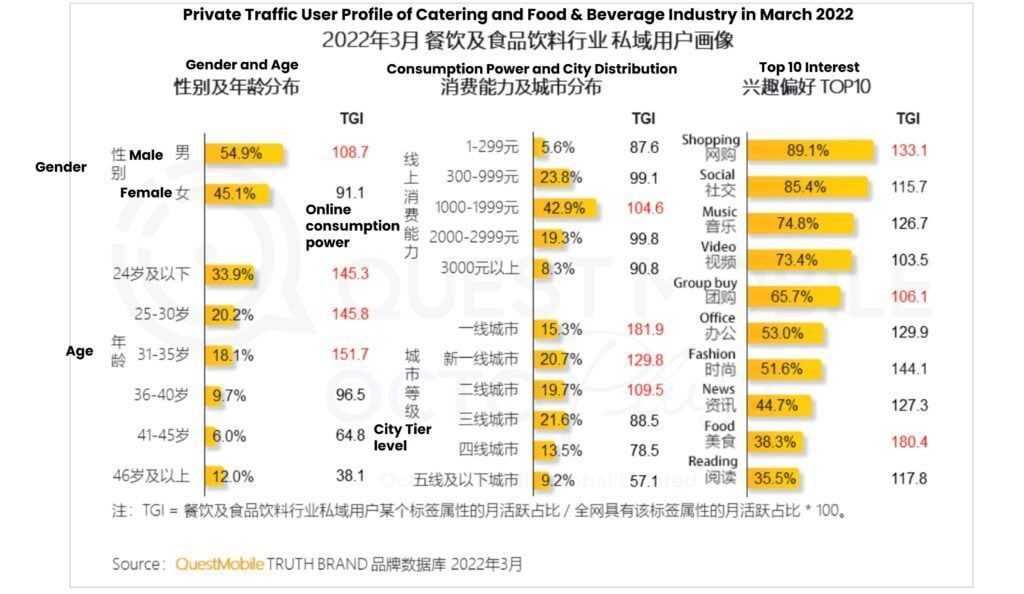
Due to the high offline consumption of chain restaurants, most of them choose “combo ”, that is, the combination of mini-programs + APP. While some brands of dairy drinks or casual snacks will work hard on the operation of the official account + mini-programs. The catering and food and beverage industries focus on the conversion and retention of users in private traffic operations; while mini-programs and APPs undertake the functions of rapid conversion and user precipitation; lastly, the official account achieves brand exposure and centralized transformation.
The following is the TOP10 list of private traffic users of brands in the food and beverage industry, you can refer to:
1. KFC
2. McDonald’s
3. Luckin Coffee
4. Yili
5. Mixue
6. Starbucks
7. Li Ziqi
8. Want Want
9. BESTORE
10. Pizza Hut
3. Home appliances industry
Data shows that private traffic users in the home appliance industry are mainly concentrated in:
Mostly male
Diverse age structure
First-tier developed cities have high penetration
The behavioural characteristics of users’ online shopping are obvious
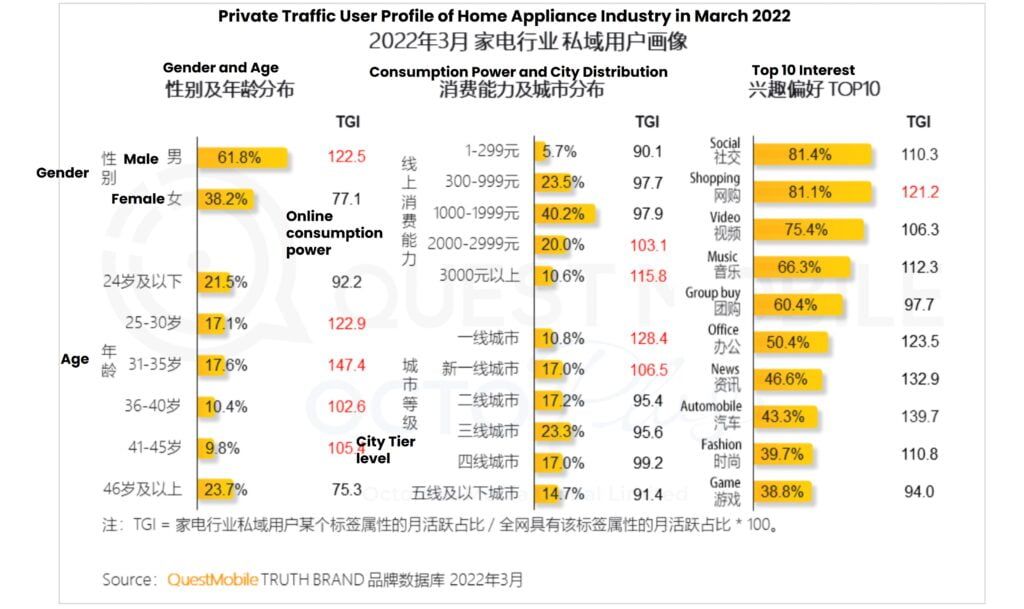
As the device access port of smart home appliances, APP has the advantage of natural traffic aggregation, and is used as an important contact point by major smart home appliance brands; while small home appliance brands pay more attention to the operation of the official account + mini-program model.
To put it simply, smart home appliance brands form a closed-loop after-sales within the ecosystem by building rich service scenarios in the APP. While small home appliance brands use the official account + mini-program model to achieve centralized transformation and bring users a convenient operating experience.
The following is the TOP10 list of private domain users of household appliances industry brands, you can refer to:
1. Midea
2. Haier
3. Gree
4. Joyoung
5. Ecovacs
6. Supor
7. TCL
8. Dyson
9. Bears
10. Ya-man
To sum up, different industries have different combination models. However, these combination models can greatly help brands maximize traffic, and then realize a closed loop of conversion and retain users.
For more details, please contact us
Feel free to talk to us
It’s a team with one single shared goal, which is our client’s success. Deliver results for your business now.
